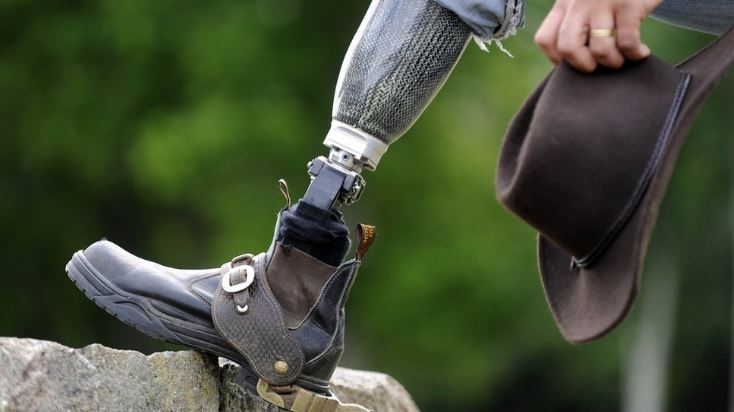Steps To Follow To Learn When Walking With A New Prosthetic Leg
No one wakes up an early bright morning and calls for a prosthetic leg or a disaster that could lead to the loss of his/her own legs. In the same vein, not all persons will end up after their life journey the same way as others. Some may be unfortunate along the line and lose one part of their body or the other.
As the case may be, the only option anyone could dwell upon is prayer power and faith — waking up early every morning and thanking your stars for another day well met. Having said that, amputation is one of the results of accidents (either domestic or ghastly road accident or air), when an someone is not lucky enough to meet with accident; he or she may end up with body wounds or perhaps broken legs or arms (that’s if he/she is fortunate enough to escape death).
The issue of prosthetic legs come into play after amputation (if someone loses the legs to disease, accident etc.), these prosthetic legs are artificial legs that helps to replace the lost legs. Prosthetic legs are used to replace lost amputated arms in order to prevent the victim from being crippled or movement-restricted for life. By fixing these legs through a medical/surgical practice, these patient can now live a normal life as before. He or she will be able to walk about, trek, stroll and perform other day to day task but must follow simple rules and instructions guiding the use of the prosthetics to avoid complications.

In the beginning of the usage, a few patients finds the whole situation almost devastating and worrisome. As they’ll possibly have to walk like toddlers learning how to use their new legs. Some patients may take 5 to 6 months to master the usage, while in some cases, 3 months or 10 months; depending on the person.
If you’re new to prosthetic legs, here are three tips for accurate usage:
1st Step
Your first recuperation time post-operation will most likely occur in a wheelchair. This helps to reduce the pain and danger of falls and permits you to adapt physically to the prompt impacts of surgery. When you develop enough strength to carry weight on your legs through exercise based recovery method, then you can be fitted with short prosthetic training feet to help re-figure out how to adjust and work on getting to be portable once more.
2nd Step
When you are alright with being obviously mobile while using training feet, you can proceed with the learning procedure with prosthetic leg gadgets; that step by step gives you expanding tallness (as a rule including two creeps at once). This gives you with an approach to gradually conform to a prosthetic leg as you build the perfection needed prosthetic leg. In every progression in this procedure, you will probably utilize assistive gadgets, for example, walkers or sticks, to offer more security amid your exercise based recuperation sessions.
3rd Step
When you have figured out how to be portable with graduated stature increments in their prostheses, you will the fitted with then be fitted for a custom, full-length prosthetic leg. On the off chance that you have had an above-knee operation, chance are that you will be fitted for a prosthetic leg that incorporates a completely useful knee joint.
Tags:Above Knee Prosthetics, Below knee prosthetics, Prosthetic leg

















